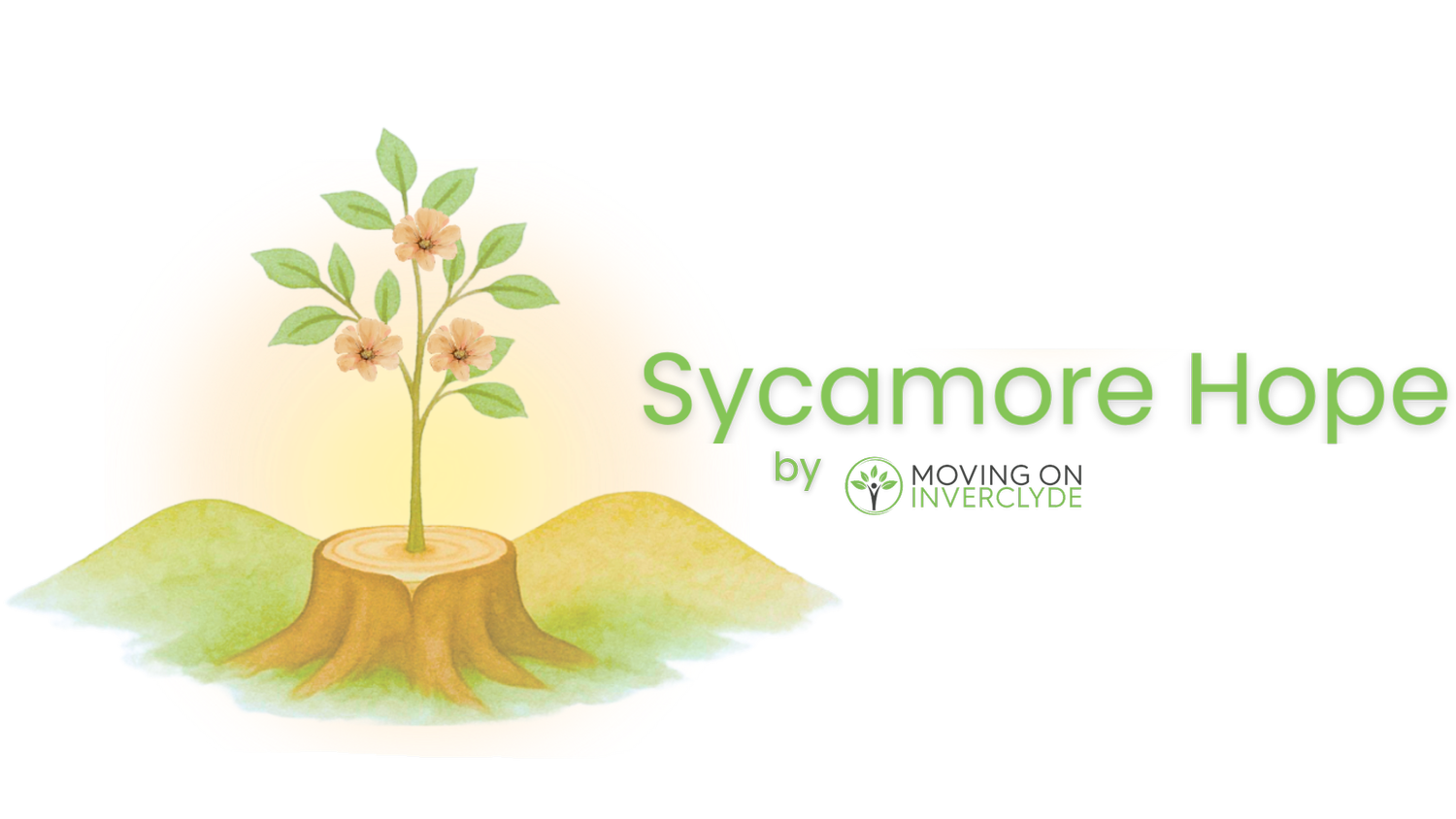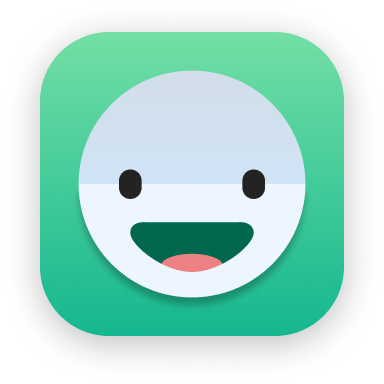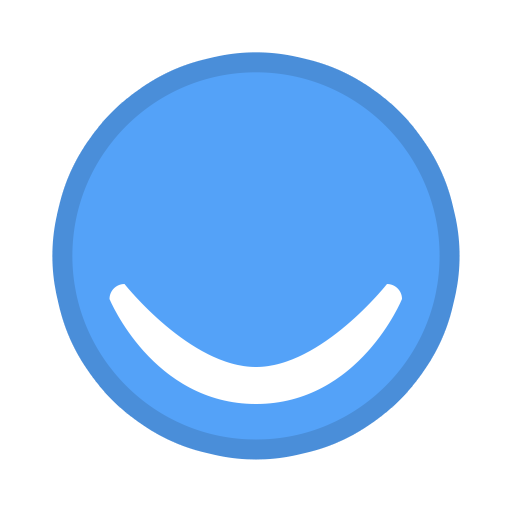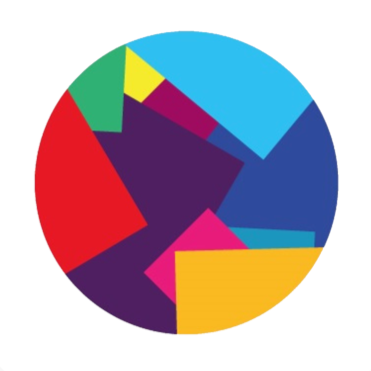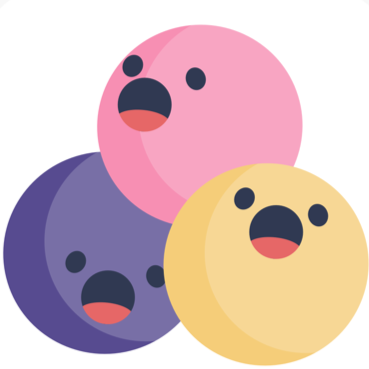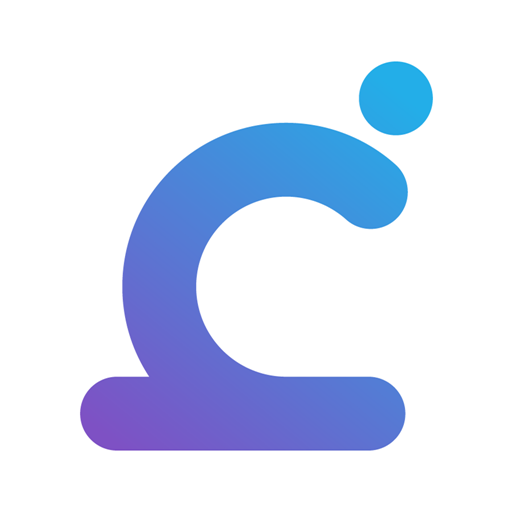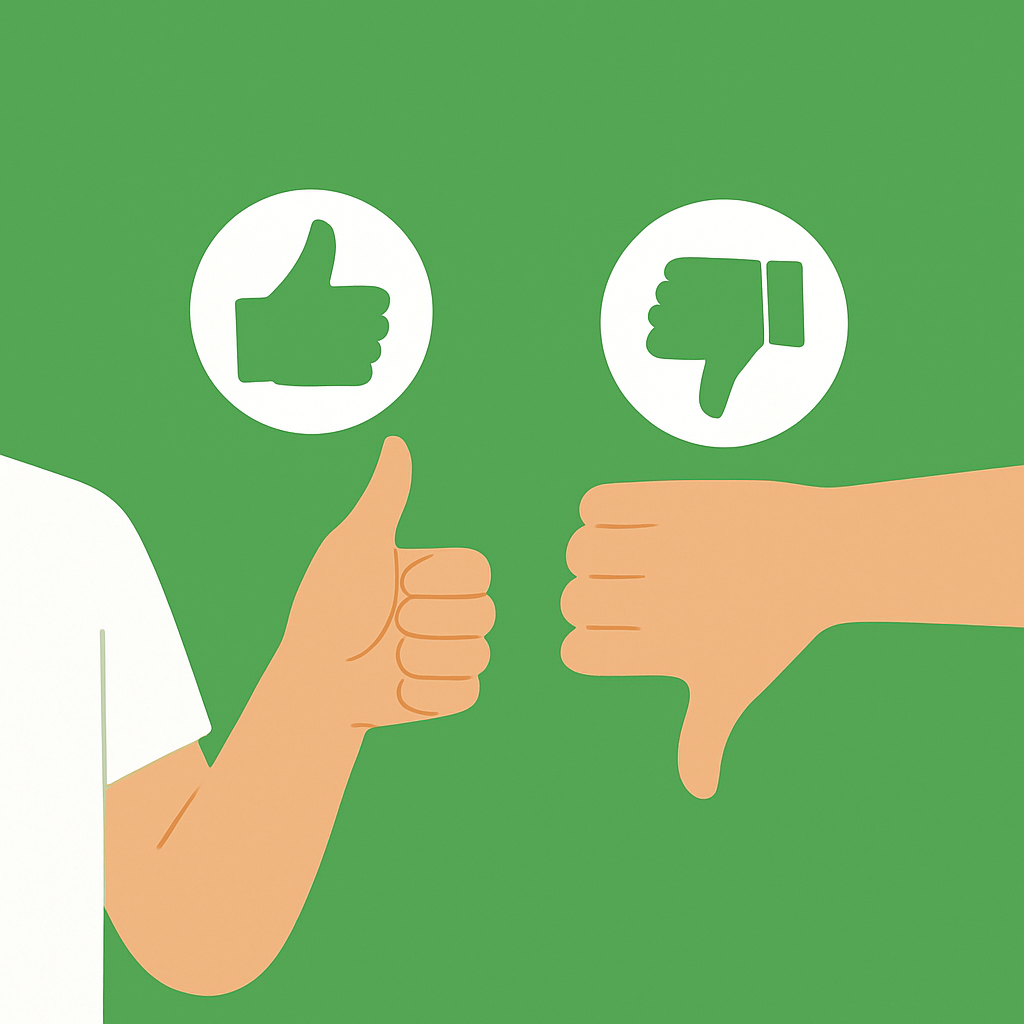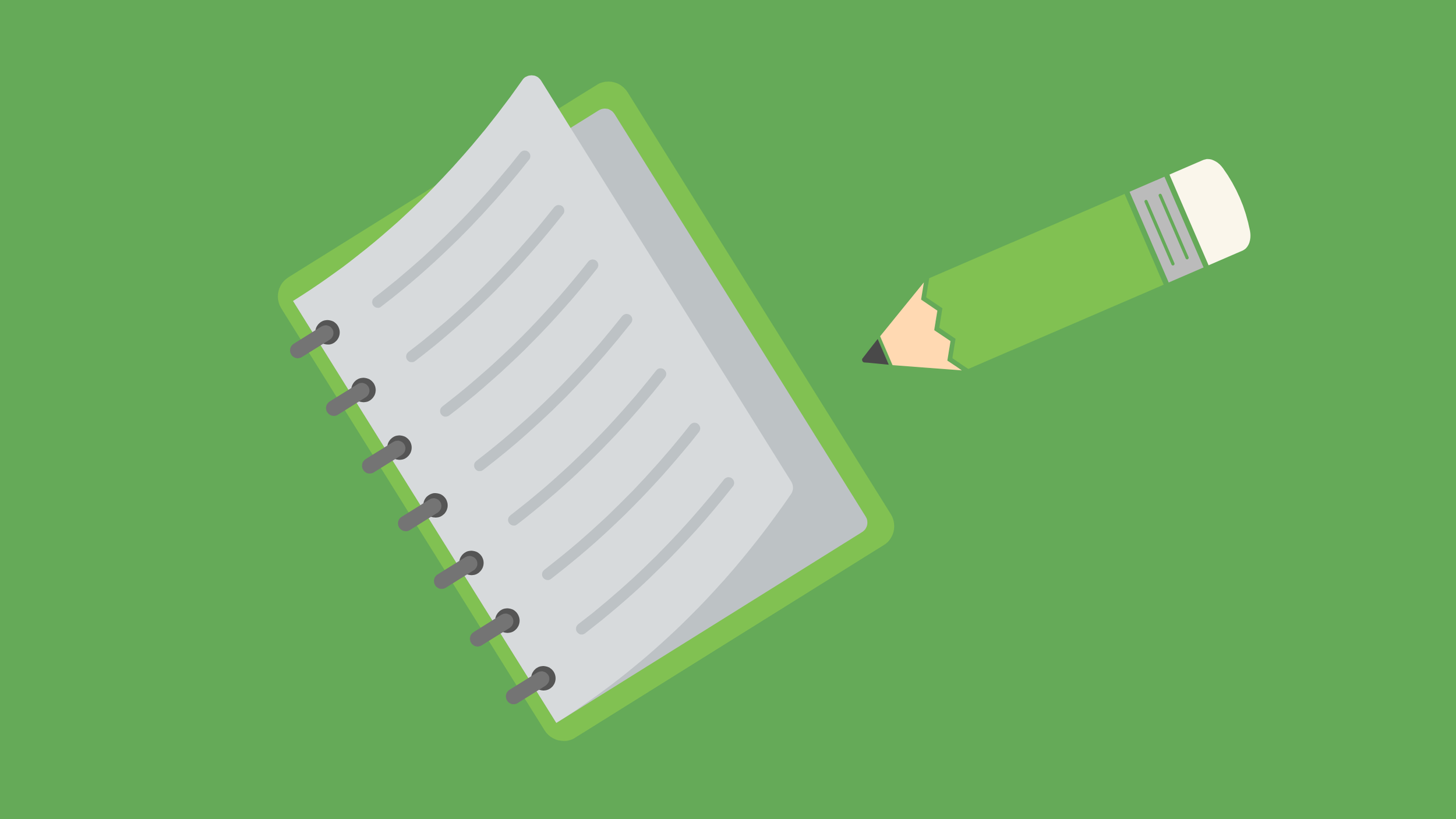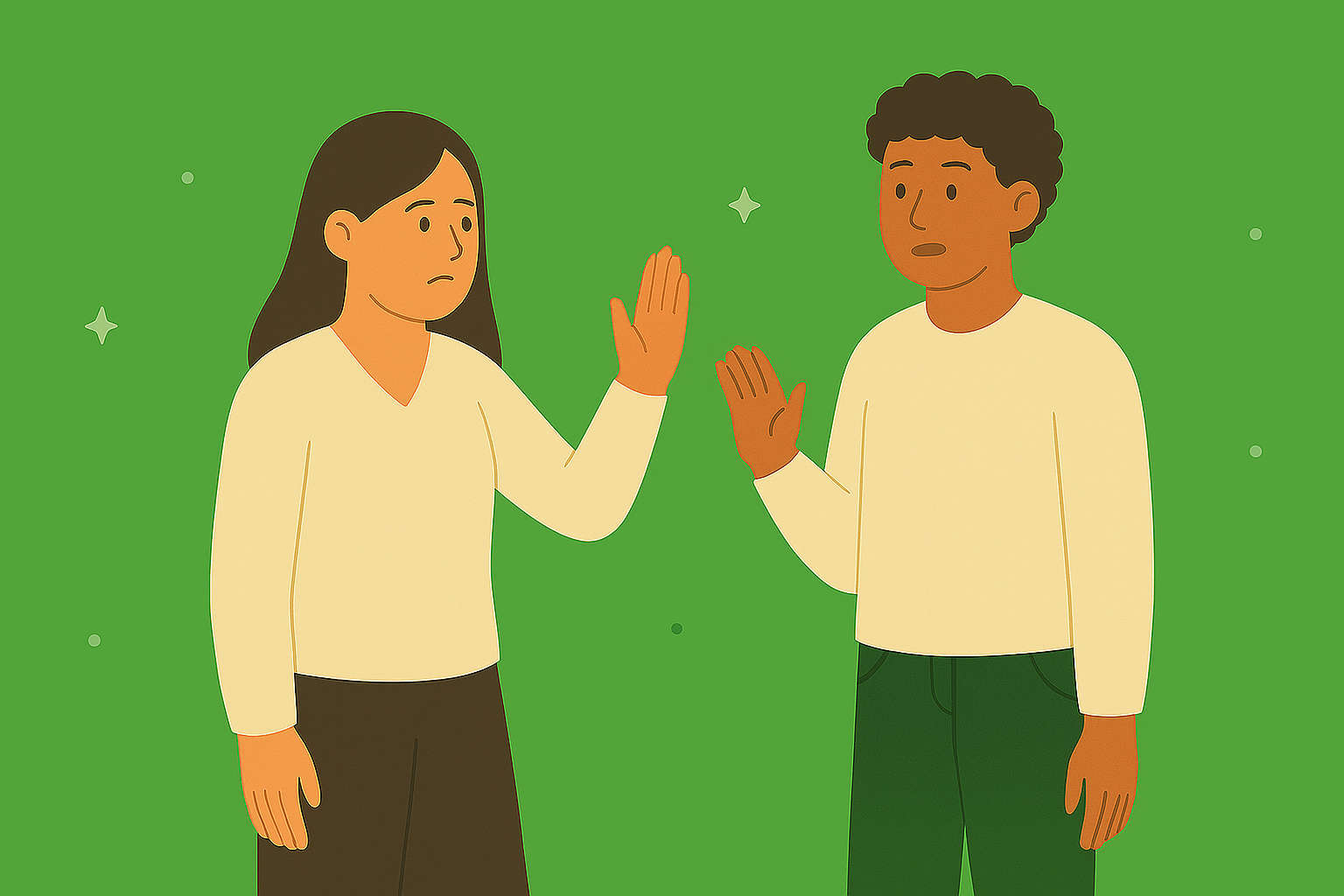
Mental Health and Wellbeing
Gentle tracking tools to help you notice emotional patterns and support your mental wellbeing day by day.
Why Track Your Mood?
Helps you understand the link between mood changes and urges to use or self-harm
Identifies triggers so you can plan ahead
Helps you notice progress- even small wins matter!
Builds awareness around mental health symptoms
Signs To Look For:
Anxiety- Racing thoughts, panic, avoidance
Low mood/Depression- Fatigue, hopelessness, isolating yourself
Emotional Dysregulation- Rapid mood swings, black & white thinking
Suicidal Thoughts- Feeling like a burden, withdrawal, hopelessness
Cravings/Urges- Linked to boredom, anger , loneliness, exhaustion
If this sounds like you, it may be helpful to speak to your GP for additional help
Mental Health and Wellbeing Resources
Find the resource most relevant to you, click download, and print it out to complete!
Useful Apps for Mood & Mental Health
Calm Harm
Urge surfing for self-harm
Free CBT
Free CBT Journaling
Headspace
Meditation for stress, sleep, and focus
Daylio
Mood and habit tracking
Clear Fear
Reducing anxiety fears
Moodfit
Mood and habit tracking with CBT
The Decider Skills App
Emergency CBT skills
I Am Sober
Sober streak tracker
How Mental Illness Can Affected Women Differently:
-
Women are twice as likely as men to experience depression and anxiety disorders
Symptoms can be linked to hormonal changes or reproductive events (e.g., postnatal depression)
Anxiety may show as constant overthinking, physical tension, or panic attacks
-
Often linked to sexual assault, domestic abuse, or ongoing coercive control
Symptoms can include nightmares, flashbacks hypervigilance, and emotional numbness
Women may be less likely to disclose trauma due to fear of judgement or disbelief
-
More common in women, often tied to body image pressures, self-esteem, and control
Can develop at any age, not just during adolescence
Recovery may require addressing both food behaviours and underlying emotional pain
-
Diagnosed more often in women, sometimes reflecting bias in how symptoms are interpreted
Symptoms may include intense emotions, fear of abandonment, and unstable relationships- often rooted in trauma
-
Women may use alcohol or drugs to cope with mental health symptoms, trauma, or caregiving stress
Co-occurring disorders require integrated treatment that addresses both mental health and substance use
Explore the Recovery Toolkit
